Spice Safari: Exploring the Bold Flavors of South African Cuisine
Welcome to a culinary adventure that will awaken your taste buds and take you straight to the heart of Southern Africa! In this blog post, we’re diving into the vibrant world of South African cuisine, exploring its unique spice traditions, regional influences, and must-try dishes. Whether you're a curious home cook or a seasoned spice professional, this guide is packed with flavor profiles, cooking tips, and a handy buying guide for authentic spices.
Table of Contents
- What Makes South African Cuisine Unique?
- The Spice Palette of South African Cooking
- Popular Dishes & Their Signature Spices
- Cooking Tips for Using South African Spices
- Buying Guide: Where to Find Authentic South African Spices
- Frequently Asked Questions About South African Spices
- Conclusion: Embrace the Flavorful Journey
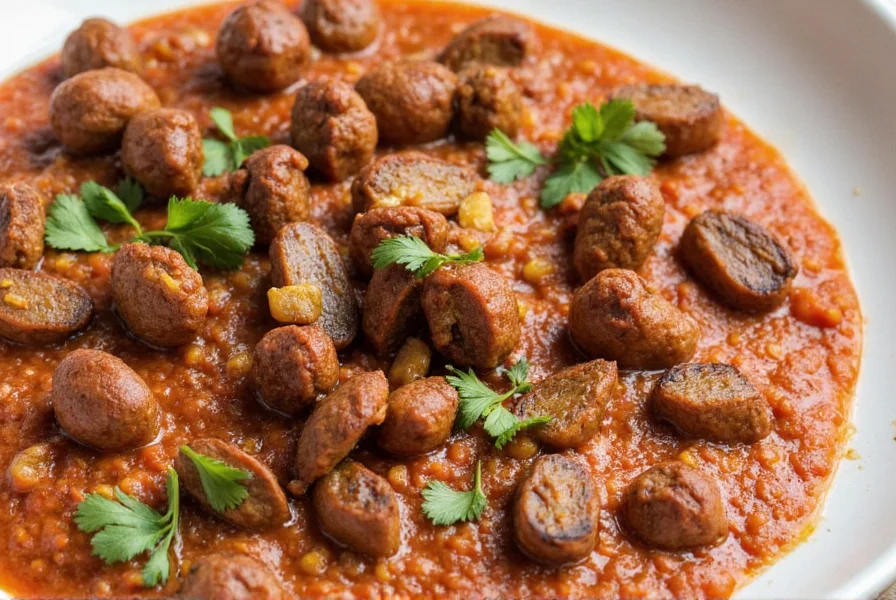
What Makes South African Cuisine Unique?
South African cuisine is a delicious mosaic shaped by centuries of cultural exchange. The country’s rich history — influenced by indigenous tribes, Dutch settlers, Malay slaves, Indian laborers, and British colonists — has resulted in a uniquely diverse culinary landscape.
This melting pot of flavors brings together earthy spices, fiery chilies, aromatic curries, and tangy fruits. What sets South African food apart is not just its ingredients but the way these elements come together to tell a story on the plate.

The Spice Palette of South African Cooking
While many cuisines rely heavily on a few core spices, South African dishes often blend multiple spice traditions at once. Let’s explore the most common spices used across the nation:
| Spice | Flavor Profile | Common Uses |
|---|---|---|
| Bobotie Seasoning | Curry-like, mild heat, slightly sweet | Marinades, meat dishes, rice |
| Peri-Peri | Fiery, smoky, peppery | Grilled meats, sauces, marinades |
| Cumin | Earthy, nutty, warm | Curries, stews, breads |
| Coriander | Citrusy, floral, light sweetness | Curries, rubs, spice blends |
| Paprika | Sweet, smoky, mildly spicy | Garnish, slow-cooked dishes, braais (BBQ) |
| Turmeric | Earthy, bitter, bright yellow color | Rice dishes, curries, traditional medicine |
| Allspice | Warm, clove-like, fruity | Stews, meat pies, pickled vegetables |
| Fennel Seeds | Slightly licorice-like, sweet and herbal | Bread, spice blends, tea |
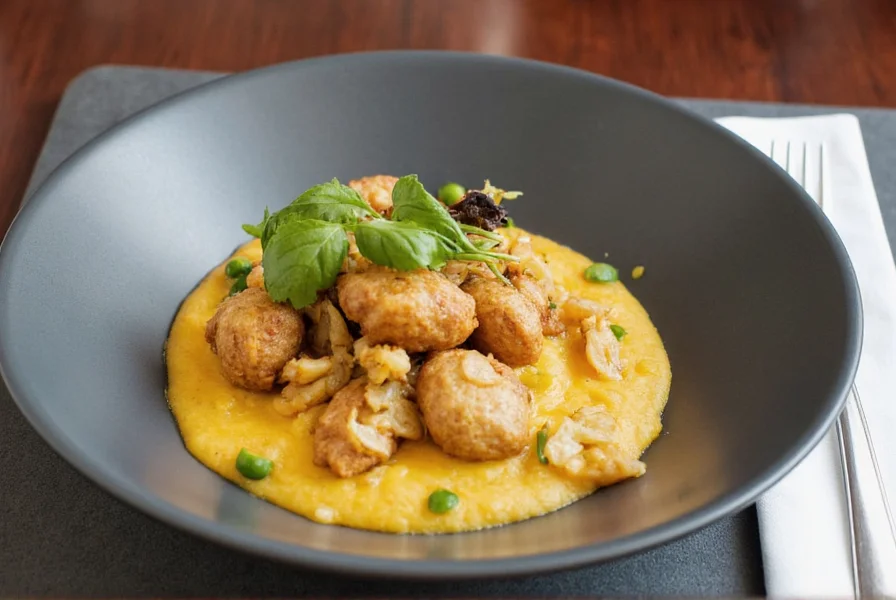
Popular Dishes & Their Signature Spices
Let’s explore some iconic South African dishes and the spices that give them their character:
- Bobotie: A Cape Malay-inspired dish made from spiced minced meat baked with an egg-based topping. It uses turmeric for color and a curry-like blend called Bobotie seasoning.
- Biltong: A dried meat snack similar to jerky, seasoned with vinegar, coriander, black pepper, and salt.
- Chakalaka: A spicy relish with beans, peppers, and tomatoes, seasoned with curry powder, paprika, and mustard seeds.
- Karoo Lamb: Slow-roasted lamb seasoned with rosemary, garlic, and fennel — a nod to the region’s pastoral roots.
- Peri-Peri Chicken: Marinated in fiery peri-peri sauce and grilled, it’s a favorite at braais (barbecues).
- Pap: A staple maize porridge usually served with spicy meat stews like sosaties or curry.
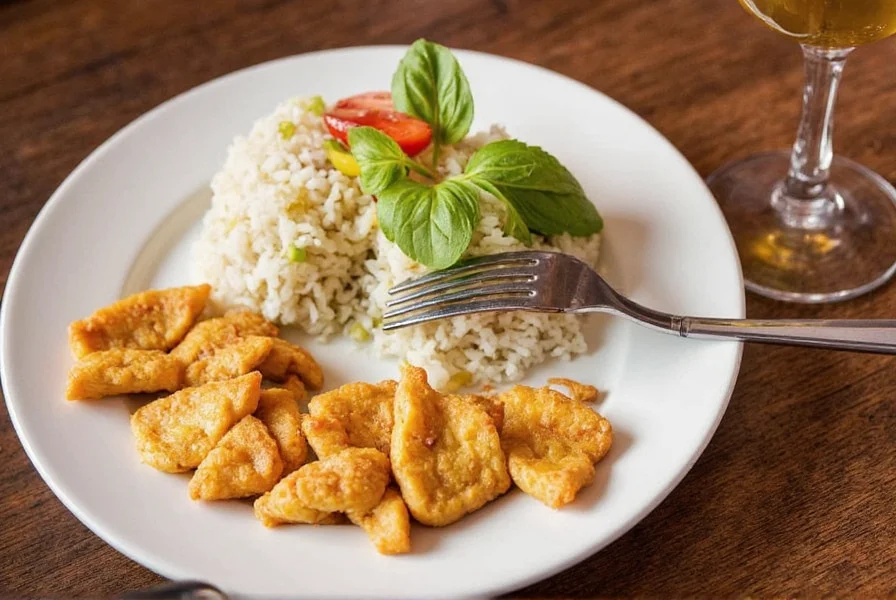
Cooking Tips for Using South African Spices
Ready to bring a bit of South Africa into your kitchen? Here are some essential tips to help you use these spices effectively:
- Dry Toast First: For deeper flavor, toast whole spices like cumin or coriander seeds before grinding them.
- Build Layers: Start with aromatics (onion, garlic, ginger), add ground spices next, then liquid ingredients.
- Balance Heat: Use chili cautiously; pair with citrus or yogurt to cool things down.
- Use Fresh Herbs: Fresh herbs like thyme and parsley can enhance flavor without overpowering the spices.
- Season in Stages: Don’t wait until the end — season as you go for well-rounded flavor.
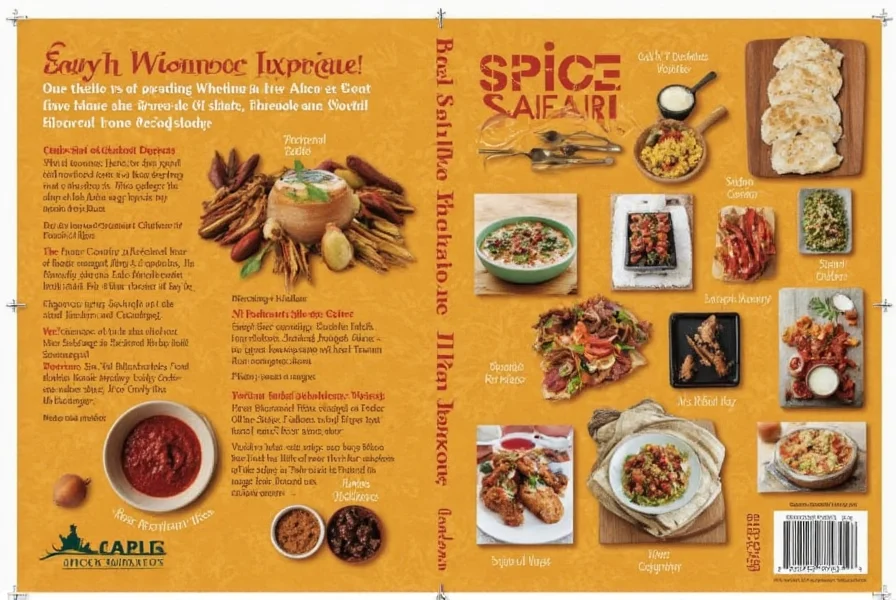
Buying Guide: Where to Find Authentic South African Spices
Finding quality South African spices can be a challenge outside of specialty shops. Here’s a breakdown of where to find the best options, both online and offline:
| Product | Features | Advantages | Best For |
|---|---|---|---|
| Bobotie Spice Blend | Premium mix of curry, turmeric, allspice, and cinnamon | Easier than making your own; consistent flavor | Beginners, quick meals |
| Peri-Peri Powder | Smoked chili powder with paprika and garlic | Mildly smoky with adjustable heat levels | Grilling, marinades |
| Cape Malay Curry Powder | Blend of cumin, cardamom, cinnamon, cloves | Rich, complex aroma perfect for stews and rice | Exotic dishes, festive meals |
| Fresh Fennel Seeds | Aromatic, slightly sweet | Add depth to meats and breads | Baking, spice rubs |
| Turmeric Root (Fresh or Ground) | Vibrant yellow color, earthy taste | Used for flavor, color, and health benefits | Vegetable dishes, rice, soups |

Frequently Asked Questions About South African Spices
Q: What is the most popular spice in South Africa?
A: Peri-peri (African bird’s eye chili) is one of the most iconic and widely used spices in South Africa, especially in grilled and street foods.
Q: Can I substitute Bobotie seasoning?
A: Yes! Mix equal parts curry powder, turmeric, allspice, and a pinch of cinnamon for a close approximation.
Q: Are South African spices always spicy?
A: No! While heat is common, especially with peri-peri, many traditional dishes use mild or fragrant spice blends like Cape Malay curry.
Q: How should I store my South African spices?
A: Keep them in airtight containers away from light and moisture. Whole spices last longer than ground ones.
Q: Is Bobotie vegetarian-friendly?
A: Traditionally no, but you can make a vegan version using lentils or chickpeas instead of meat.
Conclusion: Embrace the Flavorful Journey
South African cuisine offers a bold and beautiful fusion of cultures and flavors. Whether you're savoring a steaming bowl of curry or biting into a juicy peri-peri chicken wing, each dish tells a story of migration, tradition, and resilience.
So why not embark on your own spice safari? Explore the markets, experiment with new spice combinations, and let your kitchen become a portal to the vibrant landscapes of South Africa. Your taste buds — and your dinner guests — will thank you!


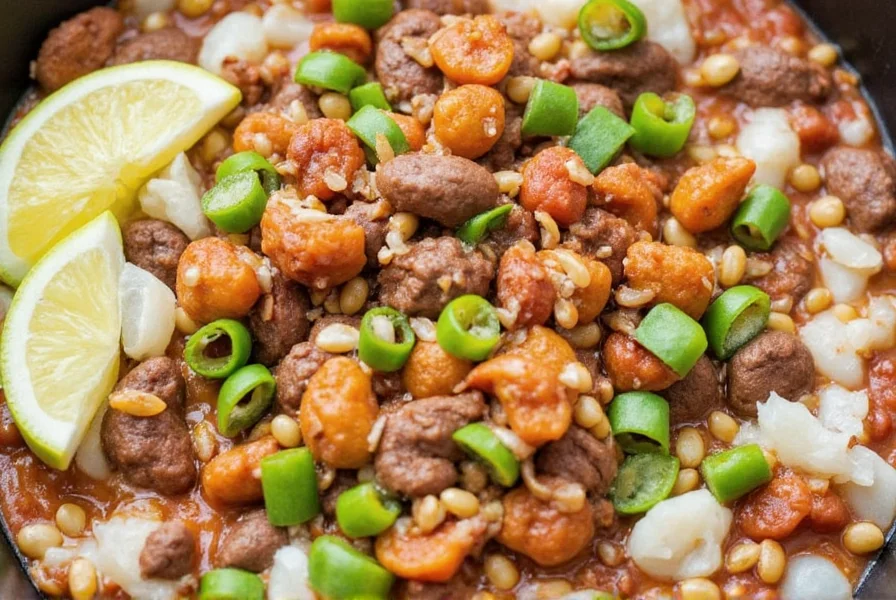









 浙公网安备
33010002000092号
浙公网安备
33010002000092号 浙B2-20120091-4
浙B2-20120091-4